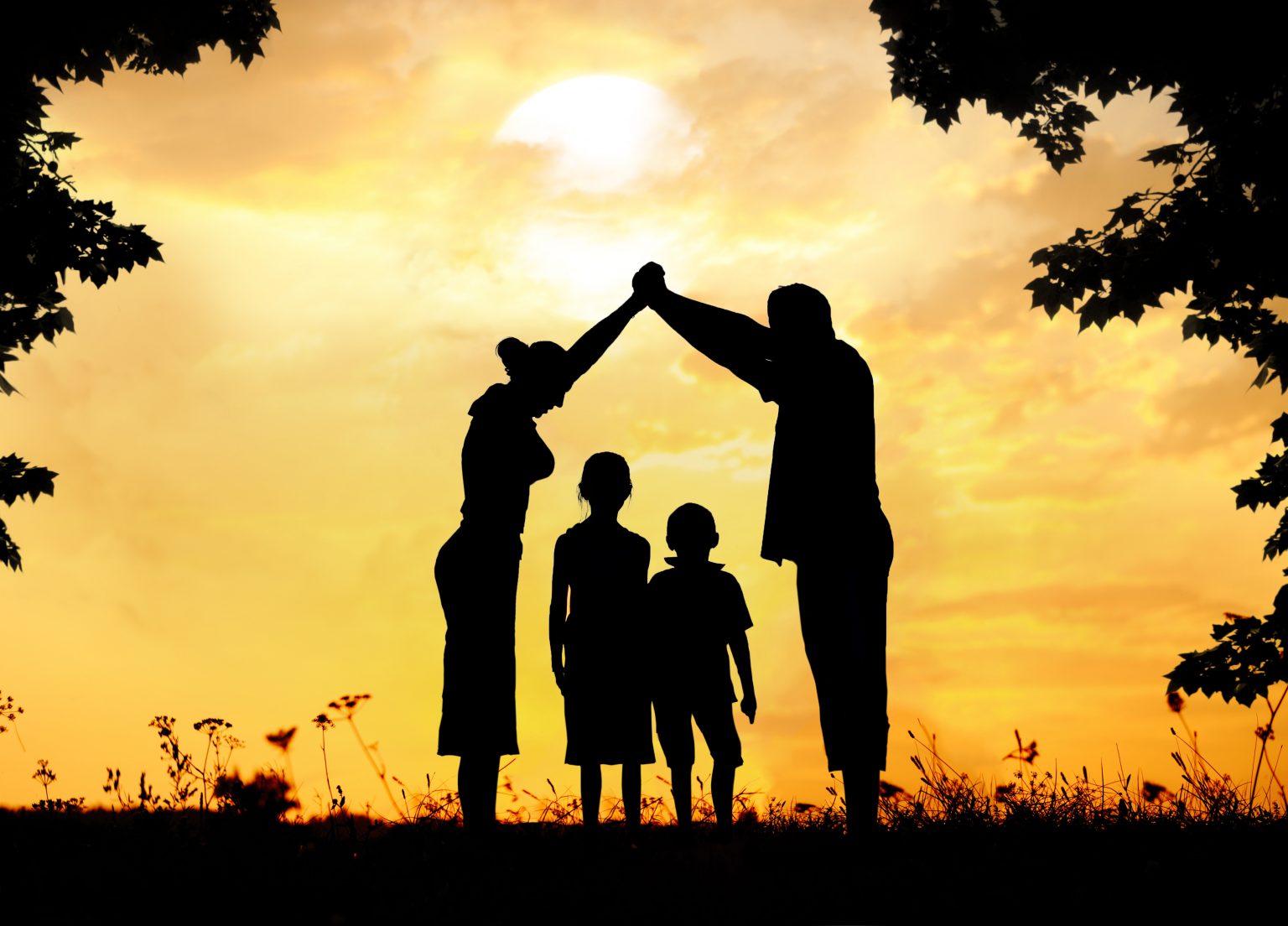It’s easy to panic when you hear the words ‘safety’ and ‘plan’ in the same sentence. After all, when we were growing up, dreaming of becoming parents someday, those two words were probably not in our vocabulary. However, children who have a trauma history need structure, and a big part of that structure is a safety plan.
A safety plan is a written plan for what to do when an unsafe situation arises. Everyone has safety plans whether we have identified them as such or not. We know what to do if the house catches on fire. We wear seatbelts when riding in the car. If you live in the midwest like us, you know exactly what a tornado siren sounds like and what to do.
If you’re a foster parent who’s been investigated, or parenting children from hard places, you need a safety plan. Safety plans can ensure your family achieves maximum health, and also clear your name, and your family if you ever face a situation where you are under investigation or facing a false accusation. We believe that every foster or adoptive family should function within a safety plan. Parenting children from trauma means there are certain situations you may encounter that require clearly stated boundaries. It’s critical that all members of the family feel safe within the home.
- Gather what you need. Start with a sheet of paper, a pen and your spouse, close friend or therapist.
- A safety plan should identify the situation that might become unsafe. Let’s say you have a child who is starting fires. Fires can be dangerous. Your first step is to identify that you are creating a safety plan around keeping the family safe from fire.
- Don’t panic. If you have identified the unsafe situation because someone has already been harmed, you may feel defeated. Take a deep breath. You are going to get through this. Remember that you have done your best up to this point, you simply didn’t know what you didn’t know. Now you know, so it’s time to move forward.
- Determine what steps you will take when a dangerous situation arises, keep the steps simple then write them down. For instance if you have a child who rages, your first step may be to offer to help the child use a coping skill. Your second step may be to encourage the child to remove him or herself from other children. Your third step may be to alert the other children to the safety plan. (You may add a code word here so that the other children know what to do with very little explanation) such as leave the room, lock themselves in a separate room and turn on a movie. You may need to train your other children to call a family friend for help or even call 911 if needed.
- Gather your team. Everyone who works with the child and may encounter the unsafe situation must know the safety plan. If your child is acting out sexually, you will need to alert the child’s babysitter, teacher and anyone who lives in your home. It is not necessarily a good idea to tell the neighbors or girl scout leader. Determine what situations your child will be in that you will not be able to control. If you only see your neighbor over the fence and your kids never play together you can feel confident that this is not a person to include. If you attend your child’s dance class with her and you are able to keep her in your sight at all times, there is no need to share her struggle.
- Practice. Everyone must know the safety plan and be able to follow it with minimal direction. Your safety plan may include simple phrases like, “private parts are private.” Your child should be able to recite a very simple set of instructions like. “Only one person in the bathroom at a time, dress in private, one person per blanket, stay where mom and dad can see me at all times.” Review the safety plan when there is not a crisis.
- No shame. We don’t shame someone who wears a bike helmet to ride his bike and we should not shame a child or family who follows a plan to keep everyone safe.
- Document. Keep a spiral notebook documenting any unsafe behavior and how the behavior was handled. You may need this, if you or your child are ever accused of unsafe behavior. Share this information with a trusted therapist who will guide you in redirecting the behavior.
You know your situation better than anyone, so your plan will be unique. Here are a few ideas that might be a part of your family’s safety plan.
- Separate genders on separate floors (or in separate zones).
- Give children their own spaces that are off limits to other children.
- Buy cheap alarms for doors to notify you of doors opening and closing.
- Post the plan on the wall so everyone can see it.
- Rearrange your house so children have to pass by you to get to another child within your home.
- Install wireless camera systems that connect to your phone.
- Keep sharp objects locked up.
- Keep medications locked up.
- Buy a box that locks with a padlock for anything that may be dangerous to the child.
- Only one person in the bathroom at a time.
- No playing behind closed doors.
- We change our clothes in private.
- Child must stay in view of a trusted adult at all times.
- Make a code word, “safety plan” to use with other kids who then know what to do when another child is volatile.
- (example: take younger kids to bedroom, lock the door, order pizza, turn on a movie)
(Editor’s note: a portion of this content was taken from our book, Honestly Adoption: Answers To 101 Questions About Adoption and Foster Care)









